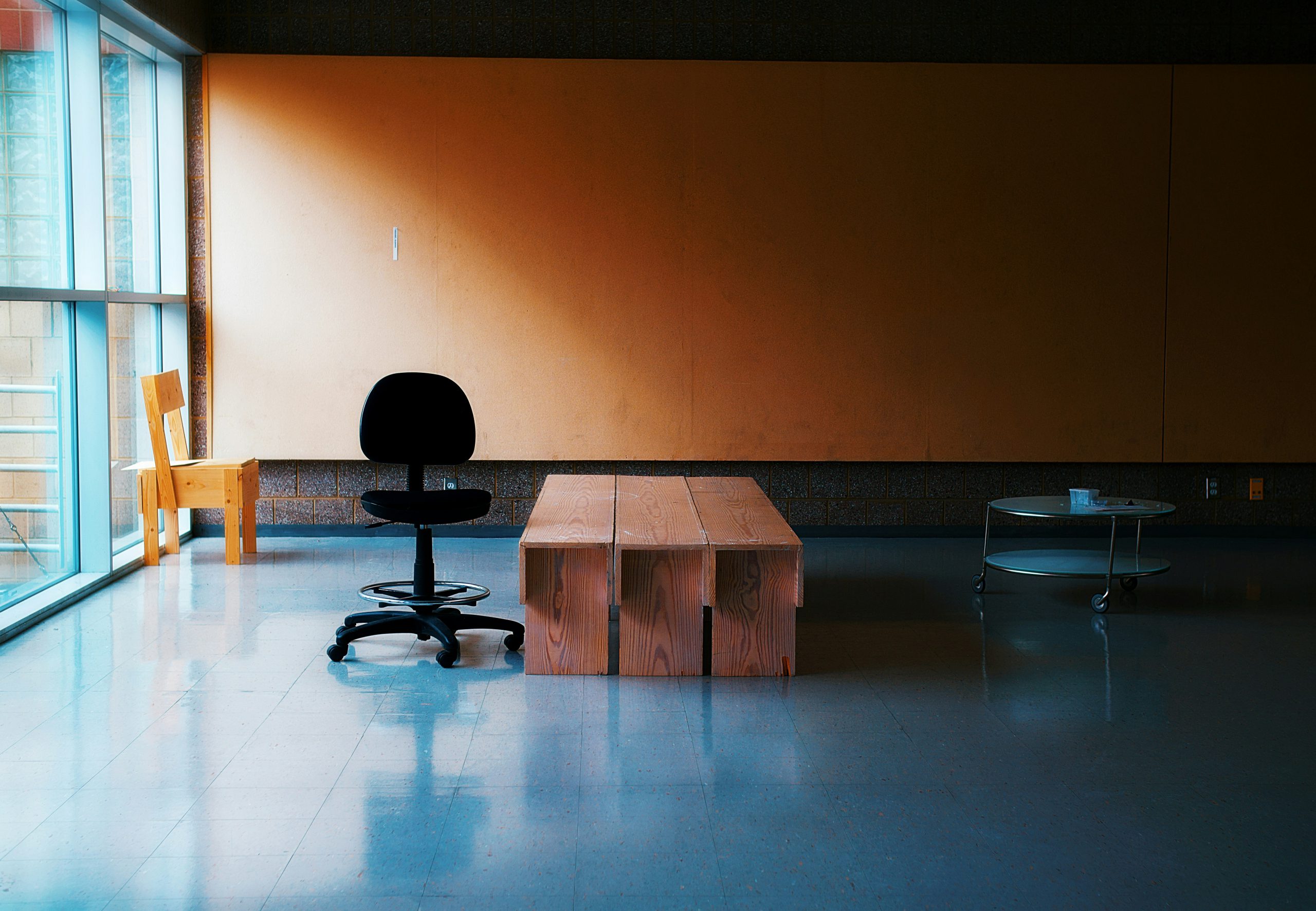What is workplace consultancy?
Workplace consultancy can help organisations create work environments that support productivity, engagement, and wellbeing. Typically, a workplace consultant will look to combine your busines strategy with your employee strategy to create a plan on how to optimise the workplace now and develop it into the future. Workspace consultancy is specialised work, but vital in adapting to evolving trends like hybrid work, sustainability, and employee experience.
Workplace consultancy in 2025
In 2025, workplace strategy is being shaped by evolving employee expectations, rapid technological advancements, and a growing emphasis on sustainability. AI is playing a transformative role, moving beyond simple task automation to become an essential co-pilot for decision-making and collaboration. Through predictive analytics and real-time space utilisation insights, AI helps create more dynamic, adaptive workplaces that better align with employee needs.
The focus on employee experience is also intensifying. Offices are no longer just places to work but destinations designed to inspire and engage, featuring elements such as social spaces, immersive technology, and seamless design. Alongside this, we foresee the rise of Environment-based working, which unlike traditional activity-based working, considers both spatial and ambient factors – like lighting, noise, and temperature—llowing employees to customise their workspaces to match their cognitive needs. This tailored approach fosters a sense of autonomy, enhances focus, and improves overall cognitive performance.
Finally, sustainability remains a strategic imperative. Organisations are embedding eco-friendly initiatives into their workplace strategies, from adopting green building certifications to optimising resource use. With net-zero commitments on the horizon, businesses are rethinking how they design and manage their spaces to foster a culture of environmental responsibility.
Having a strategic workplace partner is key to navigating these trends, helping organisations create flexible, experience-driven, and sustainable workplace strategies tailored to the future of work.
Our approach to workplace consultancy
At AWA, we take a holistic approach to workplace consultancy that goes beyond simply redesigning office spaces. Our philosophy is centred on the idea that the workplace is a tool for productive working – not the sole determinant of it. We recognise that employees today should be treated as consumers of the workplace, choosing where and how they work, and that the office must provide a compelling, value-adding experience.
Productivity and performance are driven by an ecosystem of factors, including leadership, culture, behaviours, technology, policies, and procedures. Equally important is aligning the workplace with the cognitive demands of different types of work, ensuring employees have the right spaces for deep focus, collaboration and social interaction.
Our process begins with a deep dive into your organisational vision: what do the leadership team see as the organisation’s long-term objectives and priorities? We then run a series of engaging data-gathering activities with the population, such as surveys, focus groups, utilisation studies and leader interviews, using this data to understand the current state and the desired outcomes. From there, we shape a holistic workplace strategy that is both uniquely you, as well as adaptable and resilient to future disruptions.
By addressing every aspect of the working environment—physical, digital, and cultural – we ensure our workplace solutions are aligned with your organisation’s evolving needs, fostering not only enhanced productivity but also cognitive well-being and employee experience.
How you benefit from workplace consultancy
Partnering with AWA for your workplace strategy needs goes beyond simple space planning. Our approach is rooted in science and evidence-based insights. We unlock the full potential of your workplace by leveraging research and data, aligning it with business objectives and employee needs. By tailoring solutions to your unique challenges, we help create a workplace strategy that drives performance, engagement, and long-term success.
Here are some common challenges your business might be facing, and how AWA’s workplace consultancy provides you with a personalised solution:
Changing office capacity needs
- Solution: Whether downsizing or expanding, we provide data-driven insights to right-size your office footprint while maintaining flexibility and functionality.
Hybrid work complexities
- Solution: We design hybrid strategies that appropriately balance remote and in-office work, enabling seamless collaboration and enhancing employee wellbeing.
Inefficient use of space
- Solution: Using space utilisation data, we help you allocate resources efficiently and create adaptable environments to meet evolving needs. We ensure that workspaces are designed with flexibility in mind, so employees can adapt them to suit different work modes.
Employee engagement and retention issues
- Solution: We enhance the workplace experience with thoughtful design, wellness-focused spaces, and technology that fosters connection and collaboration. By treating employees as workplace consumers, we help organisations create environments that people genuinely want to work in, rather than feel obligated to attend.
Ready to take your workplace strategy to the next level? Contact us today to learn how AWA can help your organisation thrive.
FAQs
-
Workplace consultancy helps organisations create environments that support productivity, engagement, and wellbeing. It’s vital in adapting to evolving trends like hybrid work, sustainability, and employee experience.
-
Successful workplace consultants take a holistic approach by addressing leadership, culture, technology, policies, and procedures. At AWA, our consultants view the workplace as a tool for productive working and high performance and employees as consumers of the workplace.
-
The benefits of using a workplace consutancy are that businesses gain a future-proofed workplace, along with improved employee satisfaction and retention, optimised space usage, and increased alignment with organisational and business goals.




